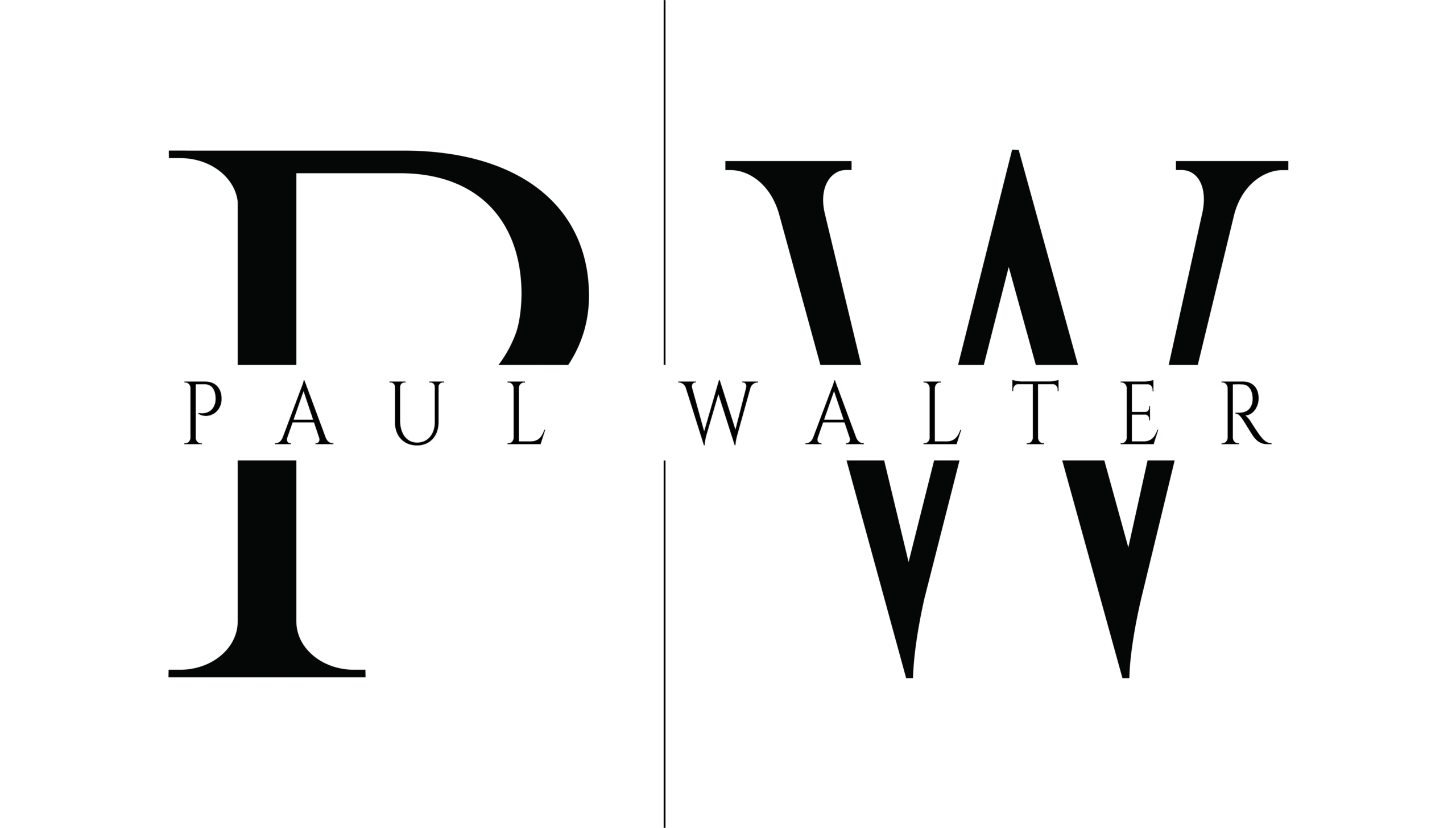
Where Does Leather Come From?
February 20, 2025
Leather is one of those materials that never seems to go out of style. From sleek jackets to luxurious bags, leather products are synonymous with quality and durability. But have you ever stopped to wonder where leather comes from and how it’s made? This blog takes you on a journey through the origins of leather, its production process, environmental impact, and the different types available. Let’s dive into the world of leather and explore why it’s such a timeless and valued material.
Brief History of Leather
Leather has been part of human culture for thousands of years. Early humans used animal hides for protection against the elements, and as civilization advanced, leather became a symbol of status and craftsmanship. During the Middle Ages, leather was used for everything from footwear and clothing to military gear and saddles. It is a material that conveys a tale of luxury, toughness, and utility.
As leather production evolved, so did its significance in fashion, with leather goods like jackets, shoes, and bags becoming iconic fashion statements. Today, the versatility of leather means you can find it in everything from car interiors to high-end furniture. With advancements in technology, we now have the ability to create even more specialized leather products—like the genuine leather bags by Paul Walter, which emphasize both quality and sustainability.
Where Does Leather Come From?
The majority of the world’s leather comes from a few key animal sources, with cowhide leading the way. Leather production uses skins primarily from cows, sheep, pigs, and goats, with exotic varieties such as crocodile, snake, and ostrich also popular in luxury markets.
Common Leather Sources
- Cows: Approximately 65% of all leather comes from cowhide, making it the most widely used animal source. Cow leather is valued for its durability and versatility, perfect for creating robust items like jackets, belts, and bags. It’s often considered a byproduct of the meat and dairy industries, making it readily available and cost-effective.
- Sheep: Sheepskin accounts for about 15% of leather production. Known for its soft texture, it’s used for products that require a more delicate feel, such as clothing, gloves, and accessories. The wool is sometimes left intact, making it a popular choice for items like slippers and jackets.
- Pigs: Pigskin leather, known for its dense texture, represents about 11% of the leather market. It’s often used in gloves, sportswear, and water-resistant products due to its durability and flexibility.
- Goats: Goat leather is thinner and more pliable than cow leather, making it ideal for bags, rugs, and gloves. It constitutes about 9% of leather production and is highly valued for its softness and ease of use.
- Exotic Leather: Beyond the more common sources, exotic leathers come from animals like crocodiles, snakes, and ostriches. These luxurious materials are sought after in high fashion and often come with ethical and sustainability concerns. Exotic leather is rare, making up less than 0.2% of the global leather market, but its unique texture and appearance ensure it remains popular for designer products.
The Leather Production Process
Turning raw animal hides into the smooth, supple material we recognize as leather is a complex process. Here’s a look at the journey from rawhide to finished product:
1. Sourcing the Hides
Most leather is sourced from animals that are part of the meat and dairy industries, meaning leather is typically a byproduct rather than a primary product. This makes the leather industry somewhat intertwined with these industries and helps reduce waste by utilizing the entire animal.
2. Curing
Once collected, the hides need to be preserved to prevent them from decomposing. This is done through salting or freezing to keep the hides intact until they’re ready for processing.
3. Tanning
The process that turns rawhide into leather is called tanning. It stabilizes the material and makes it resistant to decomposition. Traditional vegetable tanning uses tannins from tree bark, but most modern tanneries use chrome tanning, which is faster and results in softer, more flexible leather.
4. Dyeing and Finishing
The leather is dyed to the appropriate color and texture after tanning. This step also includes treating the leather for specific properties, such as waterproofing or adding a glossy finish.
5. Cutting and Crafting
The finished leather is cut and shaped into the final product—be it bags, jackets, shoes, or furniture. Artisans carefully design each product, ensuring the leather maintains its strength and aesthetic appeal.
Environmental Impact of Leather Production
While leather is a highly durable and valuable material, its production process is not without environmental consequences. The leather industry is facing increasing scrutiny over its environmental footprint, particularly regarding water use, chemical waste, and deforestation associated with cattle farming.
1. Sustainability Challenges
Tan tanning leather, particularly chrome tanning, uses hazardous chemicals that can be dangerous if not handled carefully. In addition, the industry uses a lot of energy and water, which increases its carbon footprint. In countries where environmental regulations are lax, untreated wastewater from tanneries can pollute rivers and ecosystems.
2. Improvements in Sustainability
Fortunately, the industry is evolving. Many tanneries are adopting eco-friendlier practices, such as vegetable tanning and water recycling. Ethical sourcing of hides and a push toward better waste management are also helping reduce the leather industry’s impact on the environment.
Recycled leather and leather alternatives like “mushroom leather” are emerging as sustainable options, helping consumers make more environmentally responsible choices while enjoying the benefits of leather.
Conclusion: The Future of Leather
As consumers become more conscious of sustainability and ethical sourcing, the leather industry is shifting to meet these demands. Today, brands are more transparent about where their leather comes from and how it’s made. Initiatives like using recycled leather, adopting eco-friendly tanning processes, and ensuring fair treatment of workers and animals are reshaping the leather industry.
For consumers, this means greater access to high-quality leather goods made with sustainability in mind. Whether you’re looking for durable full-grain leather products or eco-conscious alternatives, the leather industry’s future is looking bright—balancing tradition with innovation for a more ethical and sustainable world.

